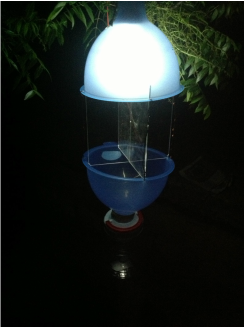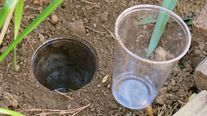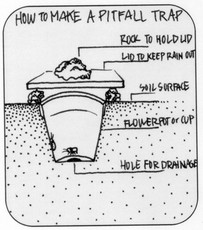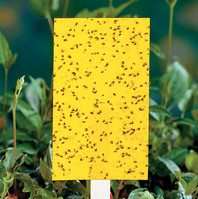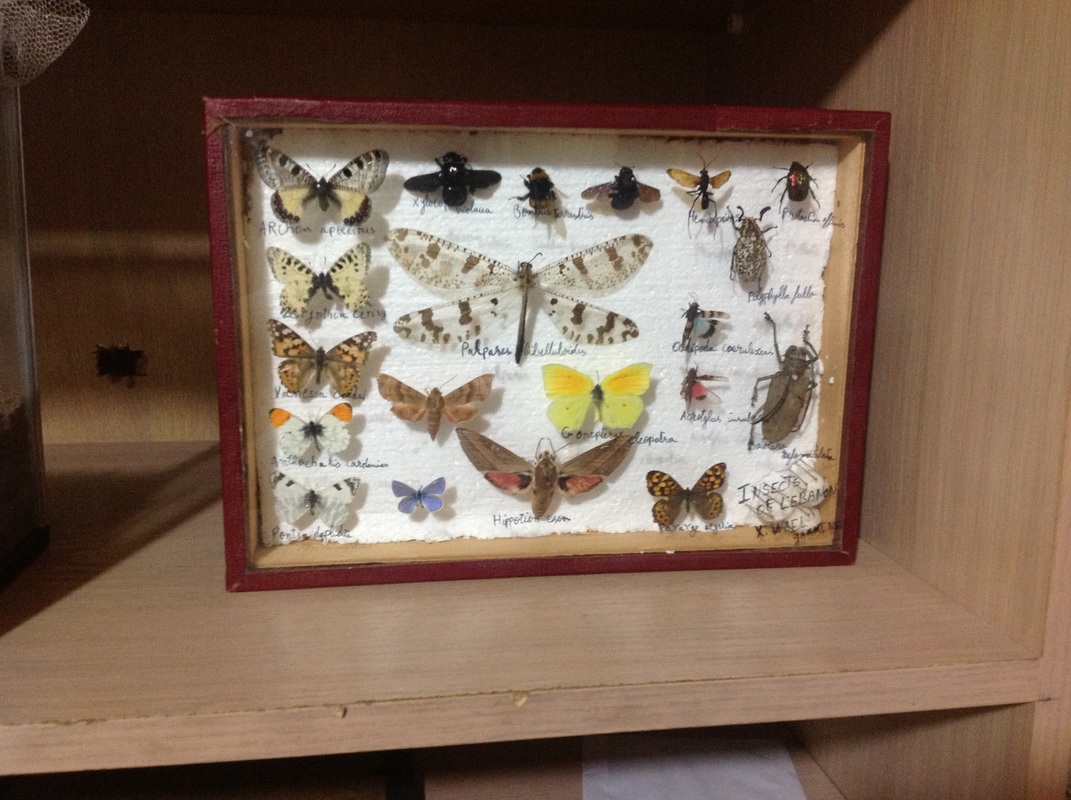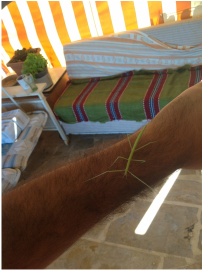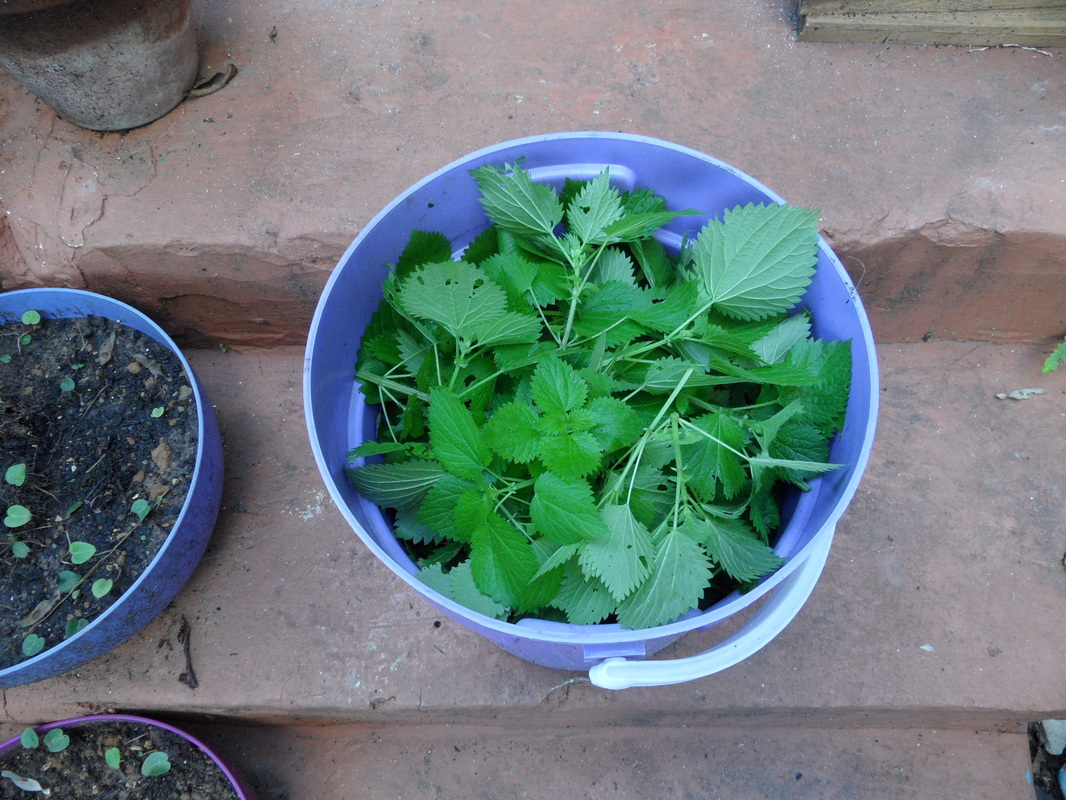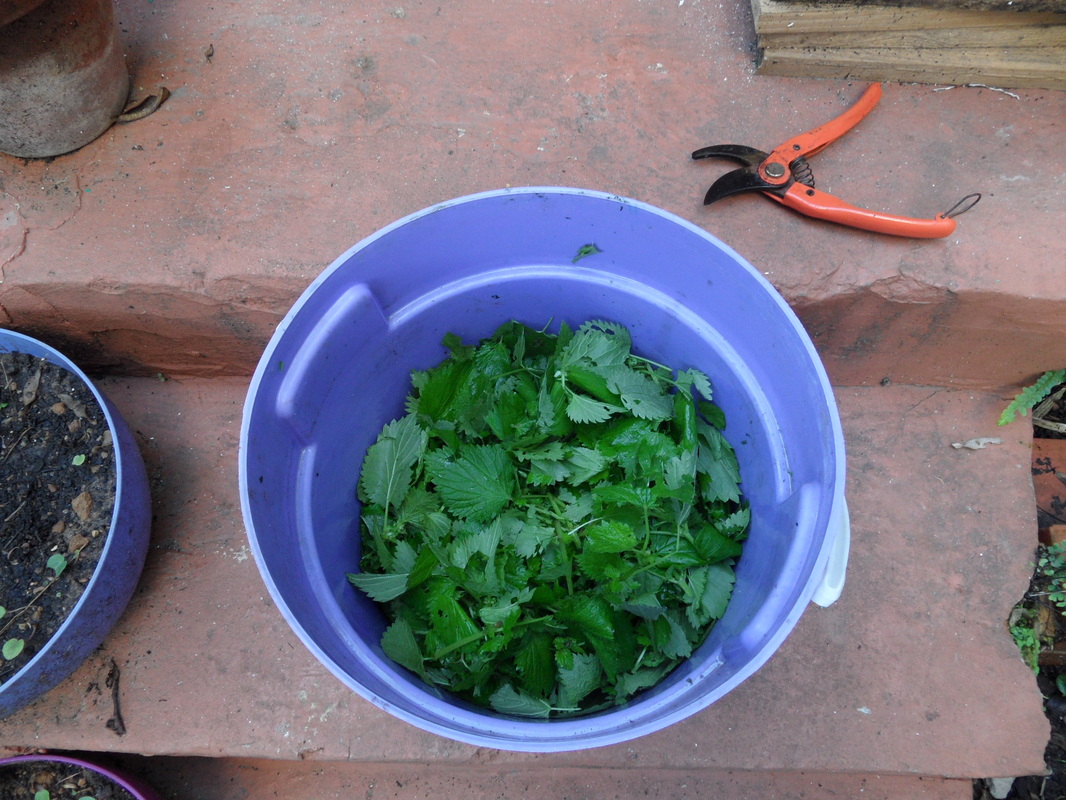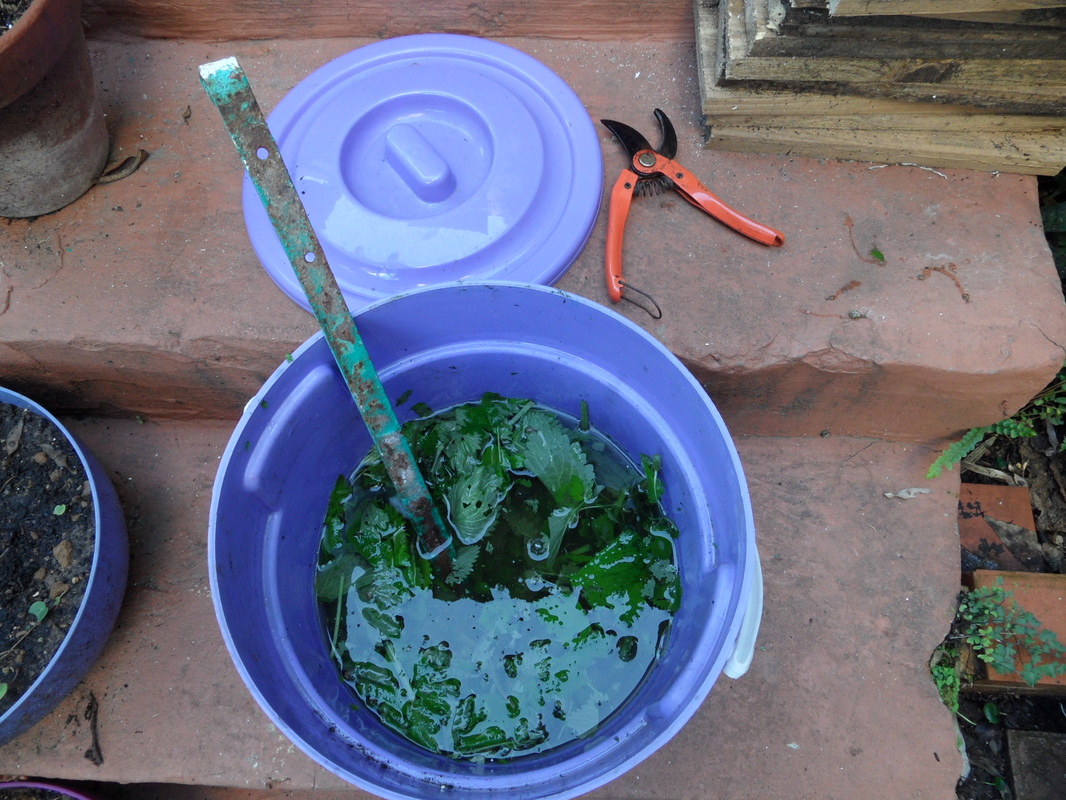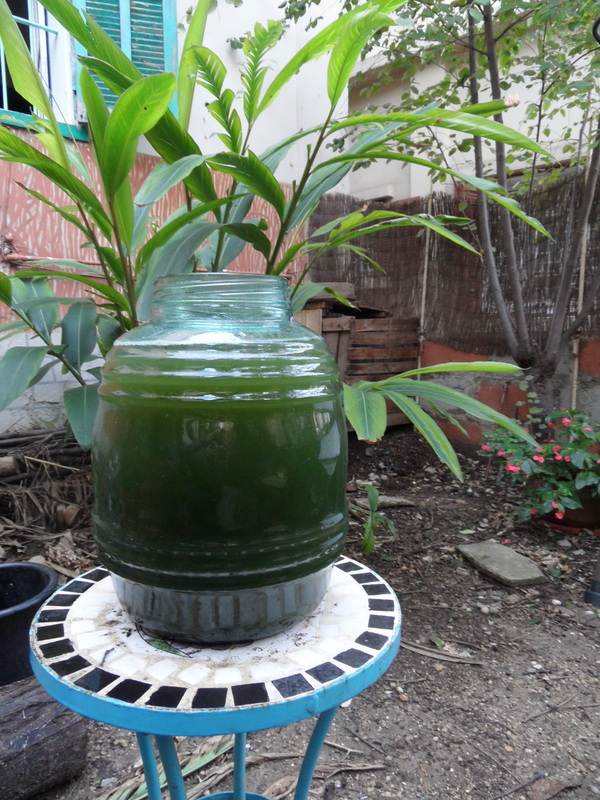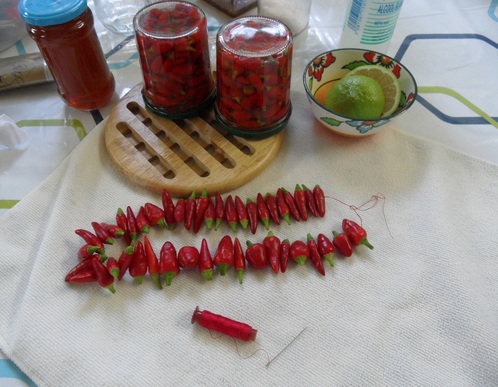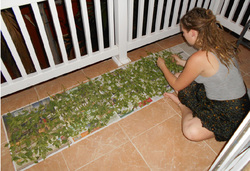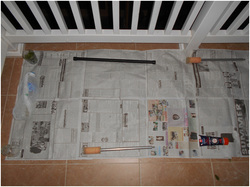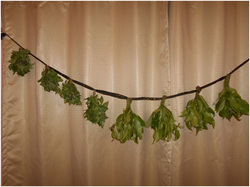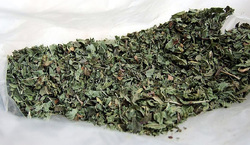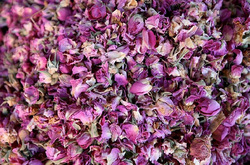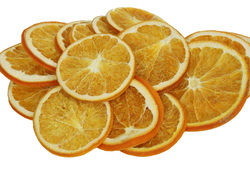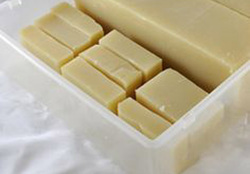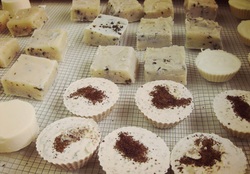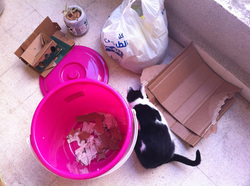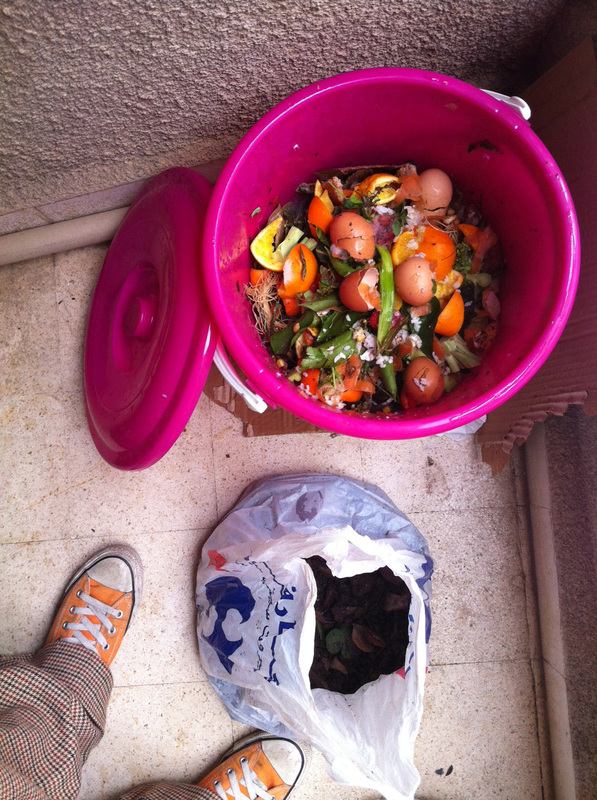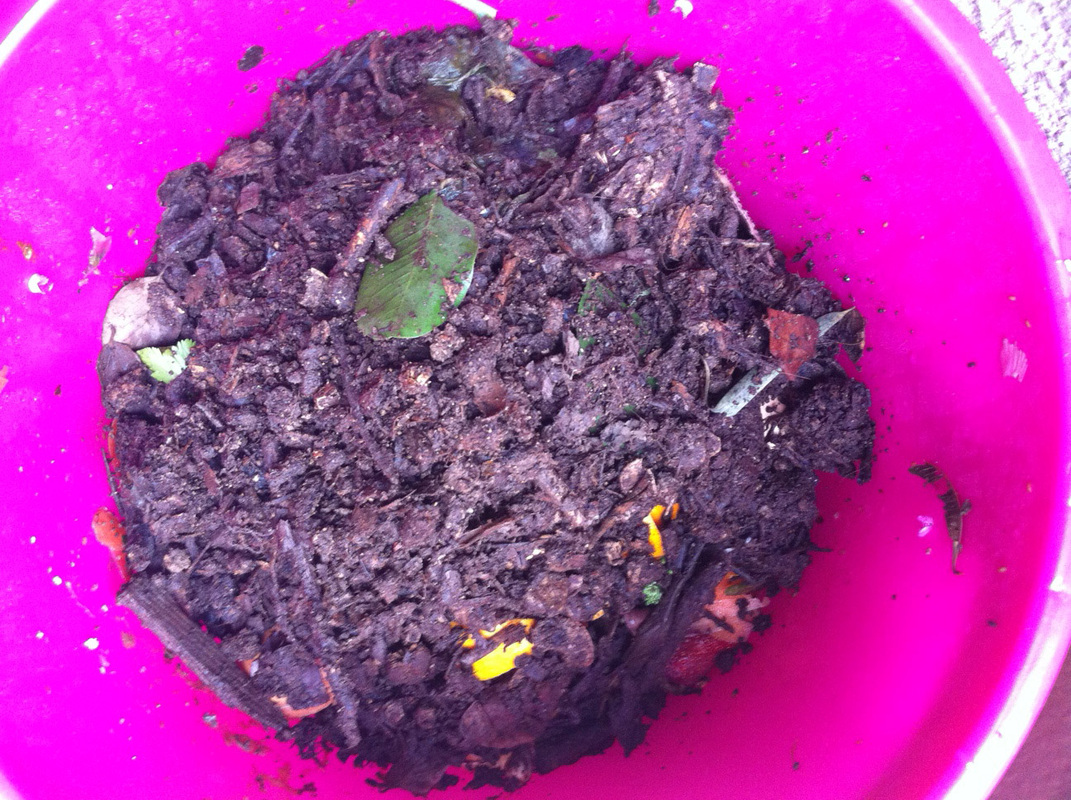| Submitted by Alexis Baghdadi Wooden furniture has a real personality, but it takes care and maintenance to preserve its sheen. Commercially available polishes contain chemicals or petroleum derivatives you are better off avoiding. You could always order natural polishes from specialized stores or online, but it’s more fun to make your own. For a small jar of polish you will need:
**Any commercial olive oil will do, as long as it does not have hanging particles in it. | |
Instructions:
First, break the beeswax into small chunks and melt it on low heat in a double boiler. I used an old stainless steel coffee pot which I placed in a wider pot filled with water. Beeswax is flammable, so you want to avoid putting it in direct contact with fire
When the beeswax melts completely, add the oil. Because the oil is colder than the wax, it will form clots at first, but the two substances will eventually blend in a minute or so (if necessary, you can stir them with a spoon to accelerate the process). to form a homogeneous substance with a slight green hue (because of the olive oil).
When you get a homogeneous greenish liquid mixture, it's time to turn off the stove and pour your polish in a glass jar. Attention: Once it cools, the beeswax polish becomes solid and hard to remove from its container. For this reason, it is better to pour it into its definitive container right away. The ideal container should not be too tall, and should be wide enough for your hand to reach the bottom with a cloth.
Some online recipes suggest adding a few drops of essential oil (lavender, cinnamon, citrus) to the mixture before pouring it out, but this is entirely optional (I didn't add any because I thought it smelled great).
Hardened beeswax polish turns slightly yellow or off-white. Because I used old wax, my polish was latté-colored. This is of no consequence whatsoever; when applied, the polish is virtually colorless and only helps bring out the wood's natural colors. The results are quite noticeable at the end of the process.
Dab a little wax on a cotton cloth then apply it in a thin layer to your wooden surface. If the temperature is too cold, the wax might be too hard to handle, so you can warm it to melt it a little. Applying the wax requires patience and care, but it is very efficient and economic. You then need to wait 6 to 8 days for the wood to absorb the wax completely.For very dry and damaged surfaces, you might need to apply a second layer and wait again.
Attention: The wood you wish to coat with polish should be clear of any paint or varnish. You might need to sand down the surface or use paint remover to get rid of old coats.
Beeswax polish is a completely natural substance that has no toxicity whatsoever. You can safely use it to coat any solid wood furniture like desks, chairs, coffee tables, cabinets, as well as dinner tables and surfaces where you put your food.
Try this the next time you want to give your wooden furniture a new life.

